
Microsoft has released a new feature for Windows 11, called “Recall”[1]. It takes screenshots of your desktop every 5 seconds, storing them locally for AI-powered search (no, I didn’t make this up)
Microsoft’s pitch seems to be:
“Recall will know everything you’ve been doing so our AI can give you a better version of Clippy to help you through your busy day“
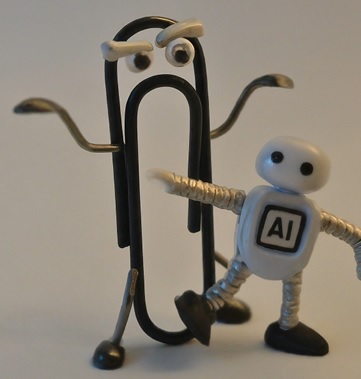
Figure 1 – Clippy and AI – a match made in heaven? [2]
Serious concerns have been raised about the Recall feature, including:
- Security: It acts as a built-in keylogger/screen-grabber. Passwords, account numbers etc. are not guaranteed to be obscured [3]. Recall becomes a prime target for hackers who will use it as a tool for living off the land. Why would a cyber-criminal go to the trouble of installing spyware when the OS already has it running, and they can search back in time to before they arrived?
- Privacy: Potential authoritarian misuse such as mandating access to data. Border guards could demand to view the complete history of everything you have done. Microsoft could easily change the terms & conditions to slurp the data for targeted advertising, on-sale for profit, etc.
- Hardware. Customers will need to upgrade their PCs to new “Copilot + AI” models with built-in neural processing chips. This comes with substantial cost and disruption for the customer. The more cynical might see this as moving compute and storage costs from Microsoft data centres to the customer.
- Opt-out. Customers who do not want Recall must actively find the switch to disable it. If the feature adds value for the customer, then surely Microsoft would be brave enough to make it opt-in? In a corporate or shared environment, it may not be possible to opt-out, creating other problems.
- Solution looking for a problem. It’s unclear what problem Recall addresses that Microsoft or others could not solve in a simpler and cheaper manner outside of the OS.
This old quote sums up the Pandora’s box that Microsoft’s Windows 11 Recall opens:
“Data is not the new oil. It’s the new plutonium – amazingly powerful, dangerous when it spreads, difficult to clean up and with serious consequences when improperly used.“
– Jim Balsillie 2019[4]
The purpose of this post isn’t to criticise Recall (enough people are doing this already [5] [6] [7]), but instead to use it as a case study to learn more general lessons on product and feature governance.
Peak Innovation
Arthur C. Clarke’s Third Law states:
“Any sufficiently advanced technology is indistinguishable from magic“[8].
Perhaps there should be a fourth law:
“Any attempts to improve sufficiently advanced technology will just annoy people“
Commercial software products often reach a level of maturity where any further innovation becomes change for the sake of change, impacting customer experience. We will call this stage “Peak Innovation”.
The typical lifecycle of a software product starts with many deployments of new features that add value, ultimately reaching a plateau of maximum value to the customer:
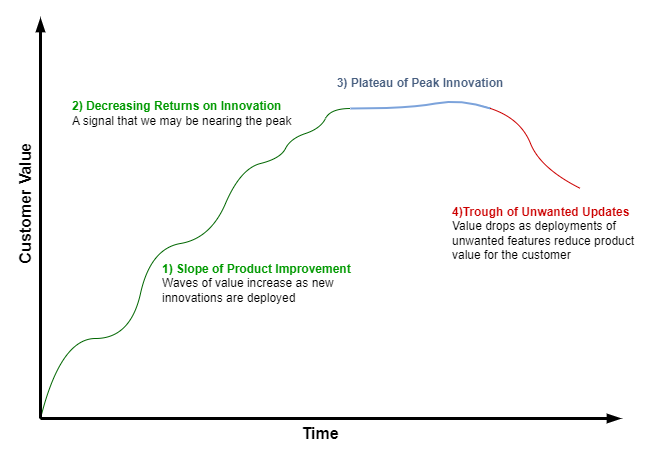
Figure 2 – Conceptual chart of software product value to customer over time
Further updates risk reducing customer value and entering the “Trough of Unwanted Updates”[9].
Software products are fundamentally different to physical products.
Changes on a physical production line require expensive and time-consuming retooling, yet software product updates can be made quickly by a small team of people, with immediate and potentially large impacts.
When a physical product such as a vehicle needs updates after sale, an expensive product recall is required.

Figure 3 – Physical product recalls such as the Chevrolet Cruze can be expensive, but necessary. Also, a metaphor for Recall [10]
Software products can have updates issued quickly at little expense. This can however make it too easy for vendors to push out features that they have not fully considered, especially ones that are not needed.
Executives can be guilty of pushing product teams to deliver new features, just so they can live-demonstrate them at sales events.
How can we recognise the signs that a software product has reached peak innovation and should move from innovation to maintenance (not necessarily forever – start innovating again if there is a technology or market shift), and thus reduce the pressure of executives demanding the delivery of shiny new things?
Consider these criteria, with Recall as a case study:
| Measure | The “Recall” Case Study |
| The product is mature and already delivers what a representative user would expect. | Microsoft Windows is a mature operating system offering essential features like hardware and filesystem management, a user interface, and ability to run applications. |
| The product tries to grow into adjacent areas. | Microsoft Recall is an OS feature that offers AI-powered search across applications; however, search functionality should be the responsibility of individual applications, not the OS. It is thus growing into other areas. |
Recall pushes Windows 11 into “Product Bloat” territory by adding extraneous features to a mature product. For example, web browser applications already store browsing history, so duplicating this functionality in the OS is unnecessary. Here is a four-quadrant model to assess product lifecycle status by product maturity vs alignment with scope:
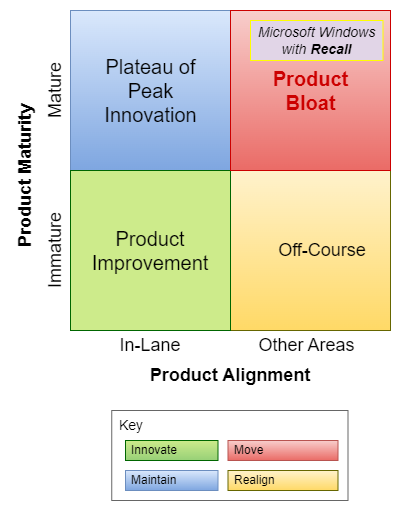
Figure 4 – Product Maturity against Alignment Quadrant
Product teams can assess feature requests against this four-quadrant model that looks at where the origin of the request and value to the customer:
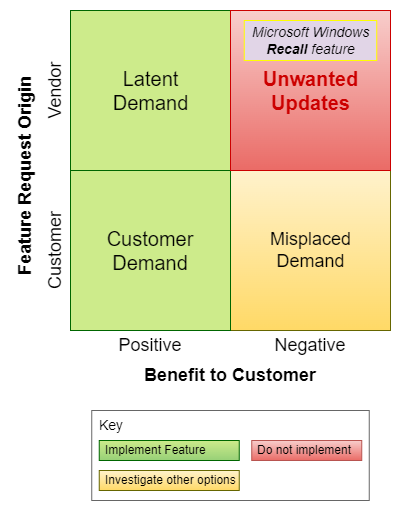
Figure 5 – Feature Request Customer Value Quadrant
Feature requests from vendors, not customers, may address latent demand – something customers didn’t realise they wanted. Microsoft Recall seems vendor driven, but is the customer benefit positive or negative?
For a feature to be fulfilling latent demand, it must provide a benefit to the customer. Unwanted features with no value do not meet any demand.
When writing user stories for Recall, the benefits seem heavily tilted towards Microsoft, so there does not seem to be customer demand, latent or otherwise:
| “Recall” Customer User Stories | “Recall” Microsoft User Stories |
| As a person suffering from amnesia, I can find out what I did on the computer last week, so that I can recover my life. | As a multinational technology corporation, we can implement OS snooping on users with AI analysis, so that we can be seen to have an AI strategy that pushes up our stock price |
| As a multinational technology corporation, we can implement OS snooping on users with AI analysis, so that we can gather user data that we can later monetise or use for AI training | |
| As a multinational technology corporation, we can implement OS snooping on users with AI analysis, so that we can get our customers to pay for AI compute and storage to reduce our expenditure on data centres | |
| As a multinational technology corporation, we can implement OS snooping on users with AI analysis, so that we can increase OS resource requirements to force users to pay for new hardware and Windows software that makes us and our partners more money |
Customers have choices
The desktop operating system market is mature, with options, some of which are free. Features like “Recall”, and the cost of new hardware, may drive users away from Microsoft’s desktop OS and surrounding ecosystem. Customers will be reluctant to make such a fundamental change, but this is an inflection point that may cause them to switch to another OS.
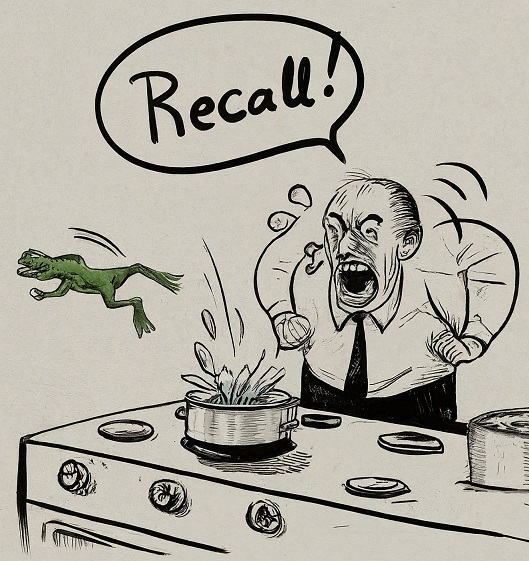
Figure 6 – Will Recall scare Windows customers into making the jump to other operating systems? [11]
While Windows 11 and “Recall” are unlikely to trigger the “Year of Linux on the Desktop”[14], they could push users away. Businesses are generally too entrenched in Microsoft’s ecosystem (Outlook, OneDrive, Excel, Active Directory etc.) to switch en masse, but higher hardware requirements might drive home users to alternatives like Linux, macOS, or ChromeOS.
In my home, we use a Windows 10 PC alongside various non-Microsoft devices. I am unlikely to pay a Microsoft tax for expensive hardware upgrades to run a newer Windows OS with unwanted features. This is likely to push us to Linux on the desktop, despite the effort involved to change.
Wrapping it up
I hope this post sparks discussion on software products and how to identify when product teams should pivot from developing new features onto maintenance and tuning of what already exists. I have seen examples of apps ruined by unwanted features, and this is sad because it is so unnecessary [12].
Will Microsoft recall “Recall”, consigning it to the bin of failed experiments? This is difficult to predict. User sentiment seems overwhelmingly against it, but few have tried it yet, and we tend to be averse to change[13].
The Sunk Cost Fallacy may drag Microsoft down the road of continuing with Recall; however, as the feature is so unpopular and does not generate any revenue (yet), it may still result in a boardroom edict to kill it off.
Microsoft has lost its way with Windows, heading into the “Trough of Unwanted Updates”. Recall is a terrible idea, and they should scrap it immediately. This will require Microsoft senior leaders to display true courage and fail fast.
[1] Microsoft Recall product page: https://support.microsoft.com/en-us/windows/retrace-your-steps-with-recall-aa03f8a0-a78b-4b3e-b0a1-2eb8ac48701c
[2] Image generated on Google Image FX with prompt “A stylised paper clip with eyes and eyebrows wrestles with a cartoon AI agent”
[3] Microsoft Recall “…will not hide information such as passwords or financial account numbers”, from https://support.microsoft.com/en-us/windows/privacy-and-control-over-your-recall-experience-d404f672-7647-41e5-886c-a3c59680af15
[4] Jim Balsillie testimony to Canadian Parliament: https://www.ourcommons.ca/DocumentViewer/en/42-1/ETHI/report-20/page-18 and article analysing it: https://hub.packtpub.com/jim-balsillie-on-data-governance-challenges-and-6-recommendations-to-tackle-them/
[5] Takedown of Recall from The Register on YouTube https://www.youtube.com/watch?v=-pe2uyfbMUQ
[6] Kevin Beaumont in DoublePulsar about security implications of Recall: https://doublepulsar.com/how-the-new-microsoft-recall-feature-fundamentally-undermines-windows-security-aa072829f218
[7] Bleeping Computer on Recall: https://www.bleepingcomputer.com/news/microsoft/microsofts-new-windows-11-recall-is-a-privacy-nightmare/
[8] From “Profiles of the Future: An Inquiry into the Limits of the Possible” by Arthur C. Clarke (1962)
[9] The approach in this post differs from the traditional economic view of product lifecycle where a product enters a decline stage because of falloff in sales due to diminishing demand. The economic Product Lifecycle was defined by Theodore Levitt in 1965, see: https://repository.dinus.ac.id/docs/ajar/Exploit_the_Product_Life_Cycle.pdf
[10] A 2013 Chevrolet Cruze burns from an engine compartment fire, cropped from https://commons.wikimedia.org/wiki/File:Auto_fire_Vallejo_1.jpg by Cullen328. See main page for more details at https://en.wikipedia.org/wiki/Product_recall
[11] Image generated on Google Image FX with prompt “A sketch of a businessman with a speech bubble that says ” Recall! ” shouting loudly scaring a frog into jumping out of a pot of water on a stove to get away from him”
[12] Microsoft Visio “Themes” are a personal bugbear. Here is a thread on Microsoft site bemoaning the unnecessary changes https://answers.microsoft.com/en-us/msoffice/forum/all/visio-2013-why-why-why-did-you-make-it-so/7a446171-0fc3-4576-b9c8-27c39e0dbaec
[13] Cognitive bias on aversion to change, see Status Quo Bias https://en.wikipedia.org/wiki/Status_quo_bias
[14] Year of Linux on the Desktop article on The Register: https://www.theregister.com/2022/10/14/year_of_linux_desktop/
One thought on “Microsoft Product Recall?”